As extrusion LFAM technologies continue to grow in adoption, with larger machines, improved capabilities and ever more powerful tools, CARACOL AM, a company that has been at the forefront of this revolution since it began, is ready to take flight towards an entirely new phase of its growth, on the wings of its new HERON cluster system.
Named after the elegant long-neck bird, HERON is a “cluster” system, an integrated solution for companies looking to internalize their own production requirements while still being able to leverage the unique expertise and support that CARACOL AM engineers can provide.
Just recently the company moved into a new 2,000 square meter facility that is now AS/EN 9100 and ISO 9001 certified and easily the largest robotic material extrusion factory providing outsourced production services in the world today. And it’s already getting to be too small for the company’s explosive growth.
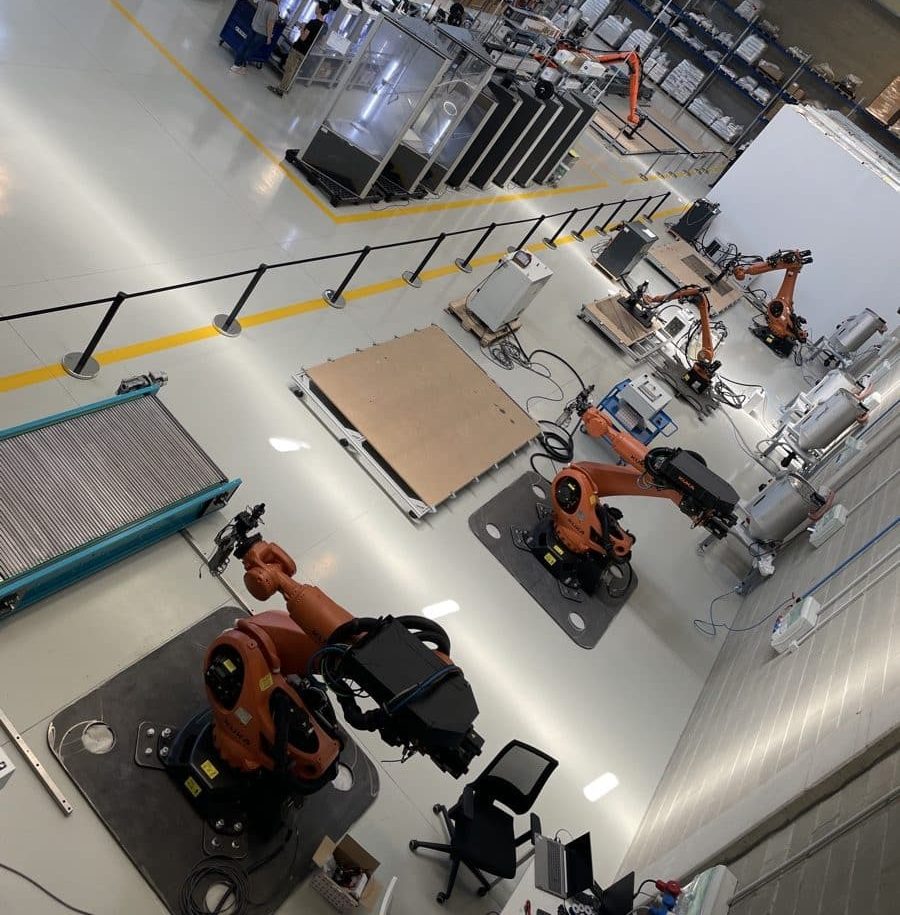 We had never seen so many 3D printing robots in one place.
We had never seen so many 3D printing robots in one place.
Recently we had the opportunity to visit the facility just outside Milan, Italy, and speak with its founders to understand how CARACOL AM is different, not just from other successful 3D printing companies but also from most other 3D printing companies in the vibrant robotic LFAM extrusion segment.
A different trajectory
Born nearly a decade ago, CARACOL AM has already gone through several evolutionary cycles to emerge as the most productive large format additive manufacturing service provider in the world today. The newest facility in Barlassina, near Milan, houses 7 production LFAM robots. Five of these machines are working with extrusion of polymers and composites, with one machine dedicated to R&D and another one used for other processes. But robots are not the only ones multiplying rapidly. The “human” team is growing too. “We are now 35 and we have doubled just over the past six months,” says Giovanni Avallone, Co-founder and Chief Innovation Officer.
Over the past four years, CARACOL AM delivered over 200 manufacturing projects for a total of over 30,000 robot hours, which amounts to about 3 years of continuous production. “I don’t think anyone has carried out this many robotic printing hours in so many different sectors, from art and design to constructions, marine and aerospace, and we don’t intend to stop,” adds Jacopo Gervasini, Co-founder and CFO, “We are looking at flying parts, high productivity in automotive and motorcycles, direct series production of large single parts without any manual assembly.”
This focus on identifying the application and working backward to develop the hardware and workflow has been the key to CARACOL’s success. With dozens of validated application cases, the company is now uniquely positioned to transition into selling hardware, marking a significant step in its growth trajectory.
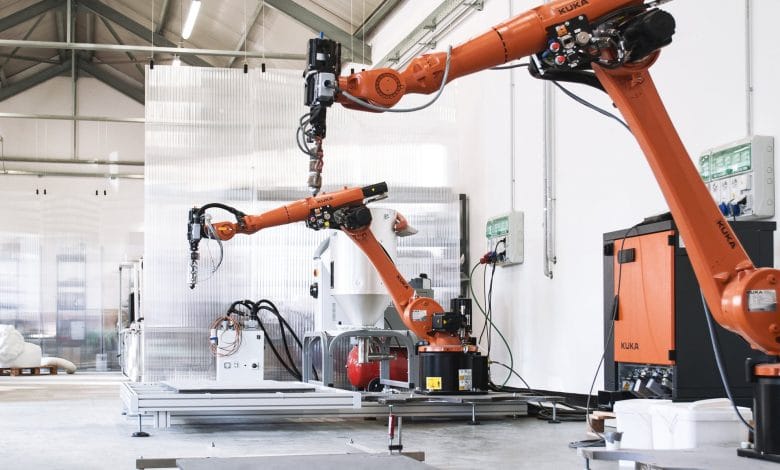
A closer look at CARACOL’s LFAM
CARACOL AM stands out from many other LFAM hardware companies for two main reasons: one is that its AM strategy always starts by identifying an application to develop the integrated hardware and software system that can produce it. The other is that they can offer a fully integrated LFAM solution, covering every aspect of the additive production process. This is enabled by the company’s ability and unique experience with offering LFAM production services.
“Our production robots have a 3-meter arm which results in a 6-meter printing diameter – says Paolo Cassis, Co-founder COO – meaning we can produce single parts as large as four meters. We can further enhance these capabilities by working on 7-axis robots. We can use the largest robots and we don’t have heavy payload requirements. Our robots can carry as much as 100 Kg, which is significantly more than we need as we continue to develop lighter extruders for higher precision.
“Imagine the parts we can produce when we use a 4-meter robotic arm on a 7-meter rail,” Paolo Cassis, COO
The new CARACOL AM extruder is on the way, which will enable the company to efficiently work on queued parts that are more than 6 meters in length. “It has 20 times the capacity of extruders on the market and can deposit tens of kilograms of material per hour.” Cassis adds that the entire workflow now also includes milling to achieve the tolerances that are required for applications in the aerospace, nautical and energy segments, including parts for the yachting industry that are as large as 4 meters “Once the clients see the possibilities, they embrace this technology very quickly. The benefits are evident, and they become even more evident as you scale.”
Manufacturing on Demand
These high-productivity robots work with medium to high-level polymers such as PETG, PP and PC all the way to PPS, which can be reinforced with glass or carbon fiber. “We have identified a myriad of production applications that can leverage these materials and we always keep a close eye on their recyclability and environmental aspect,” Cassis continues, “because that is the key to making these production processes sustainable.”
Overcoming the limits of 3D printing
While the team is proud of its growing production capabilities, they emphasize that it would not make sense for CARACOL AM to only grow as a centralized service provider. The company’s goal, as it transitions into becoming an integrated hardware and software solutions provider, is to support clients as they take their first steps with LFAM. This technology transfer is seen as a shared path, where CARACOL can help to identify new applications, leading to more synergies.
“All companies of a certain level eventually want to be able to internalize their processes and pellet-based LFAM is an entirely new process with new challenges, from warping to ensuring part isotropy,” says Francesco De Stefano, Co-founder and CEO, “for many applications it’s not enough to just place an extruder on a robot or a CNC machine.”
From the very start we set out to overcome the limitations of 3D printing in terms of scalability,” De Stefano continues. “We started experimenting with robotic LFAM in 2015 and we continued to develop our integrated hardware and software system to print pellets for large-size parts. Until 2018 there were just a handful of companies, and there was no market. Now the market is evolving, and we can meet new demands with a fully integrated platform: not just an extruder or a software platform, not just a control panel or build plane but a fully integrated, synergic and connected solution that can offer users the same accessibility that enabled Stratasys to emerge in the early days of filament extrusion. With all the advantages of the multi-axis robot and a flexible user-friendly slicing platform for non-planar geometries.”
These development efforts culminated with CARACOL AM obtaining the ISO 9100 certification, a first for any LFAM production company. This, however, is only the start. For the CARACOL team, applications and products are a means to an end. And the end is building a globally distributed manufacturing network based on the new HERON platform or cluster. “We all share the dream of distributed manufacturing,” De Stefano concludes: “Leveraging machine networks to eliminate logistics and producing locally is the goal but it will always start from identifying the applications and evolves with the integrated solution that enables those applications. That’s HERON.”
Flying like a HERON
“We have been working to optimize performances and integrate all elements into an easy-to-configure plug&play system so that clients can select the configuration that is right for them,” says Cassis. “This is all complemented by the safety and certification requirements that resulted in enclosing the system, with several alternative solutions, such as walled cells with a controlled atmosphere for the most challenging materials.”
The new cluster solution, culminating years of development and printing practice, is now ready to hit the market. The commercial HERON cluster system includes the robotic and extrusion hardware system, the software platform, and other technologies developed by CARACOL AM such as the automatic material feeding and dehumidification systems. Together with the proprietary and robotic control systems, these machines can work on huge and complex Gcode files that require several days and even weeks of continuous printing, processing several hundred kilograms of materials without interruption.
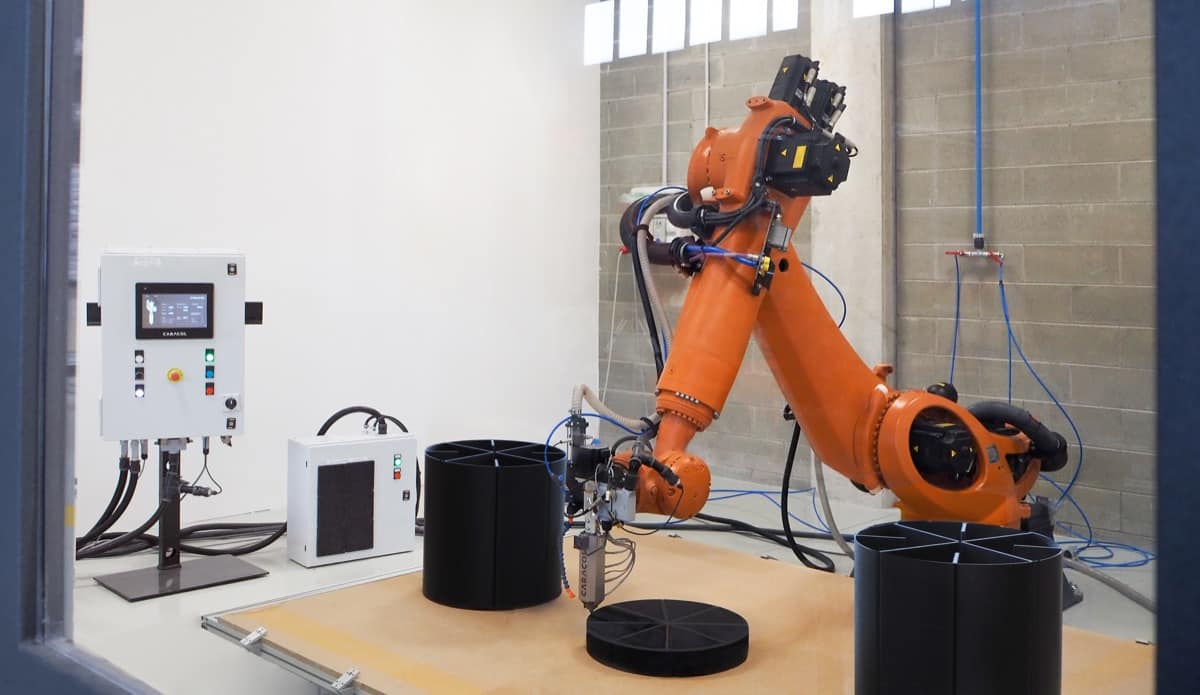
“We have already shipped the first HERON systems to strategic customers and partners around the world, with whom we are developing key applications in maritime, aerospace, automotive, art & design or construction industries,” says De Francesco.
CARACOL has been working with these initial strategic clients and now they have got their degree. It’s the end of the road that led to internalizing their processes. These partners are now the ambassadors that CARACOL AM will work with to raise awareness and convey the message that scaling AM is possible, flying like a HERON, into the future of LFAM.
You might also like:
Xact Metal to launch the XM300G series of metal 3D printers: “With pricing beginning at a US MSRP of $200,000 dollars, the XM300G series is ideal for printing high quantities or large parts where print speed is critical,” said Juan Mario Gomez, CEO of Xact Metal. “Based on the XM200G multi-laser printer platform, the introduction of the XM300G is another example of how Xact Metal continues to combine the requirements of metal powder-bed fusion and advanced technology to establish a new level of price and performance for additive manufacturing.”
* This article is reprinted from 3D Printing Media Network. If you are involved in infringement, please contact us to delete it.
Author: Davide Sher

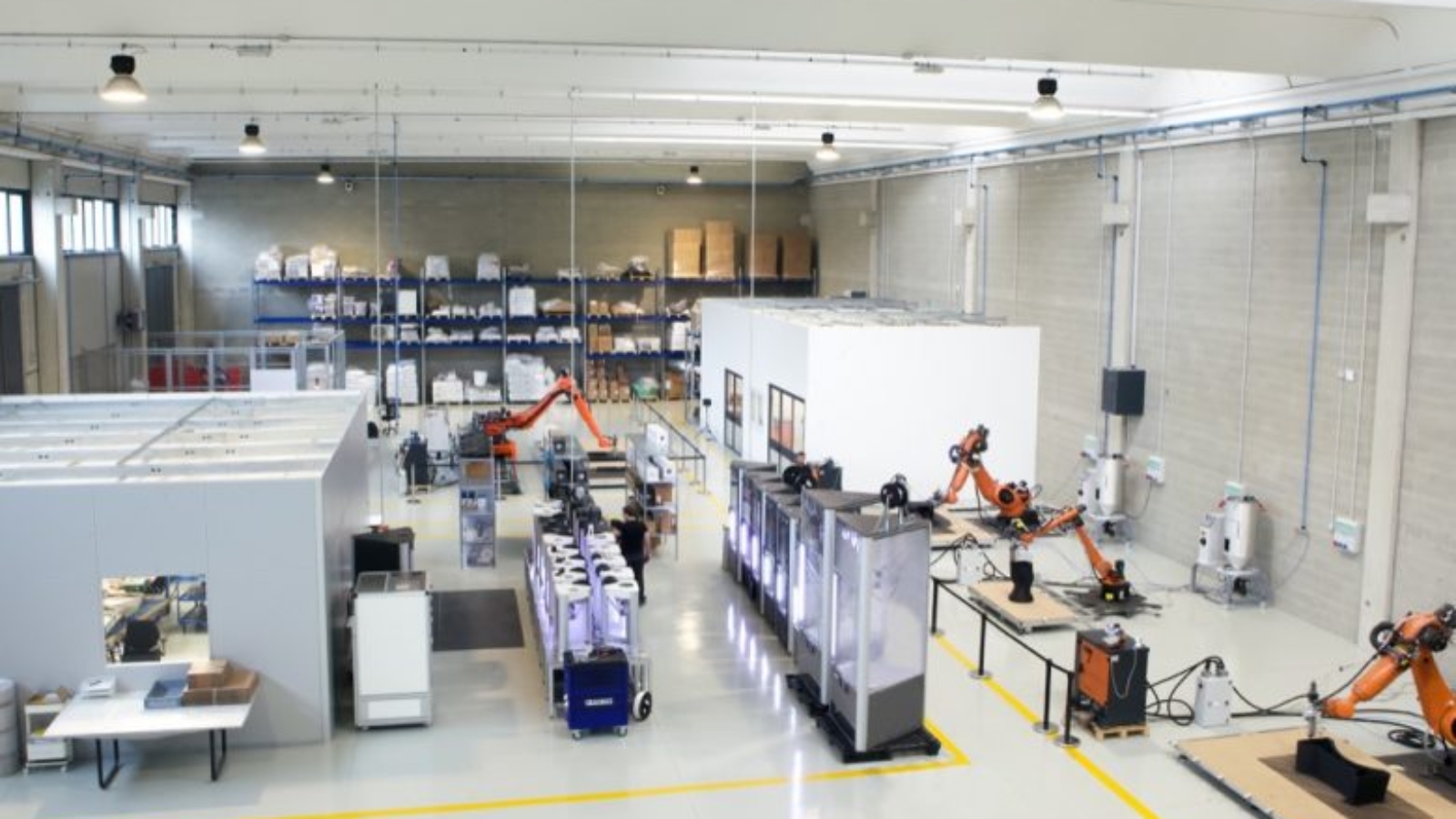
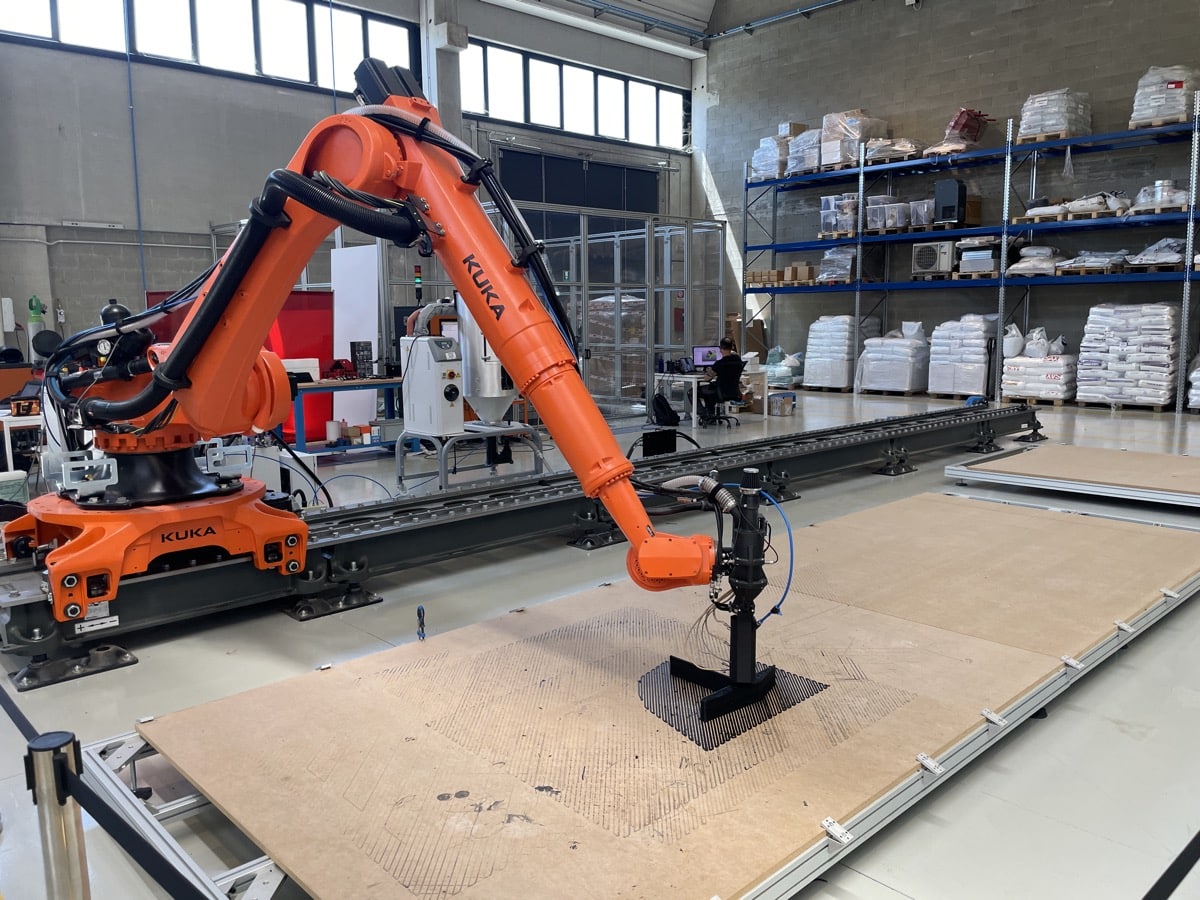 “Imagine the p
“Imagine the p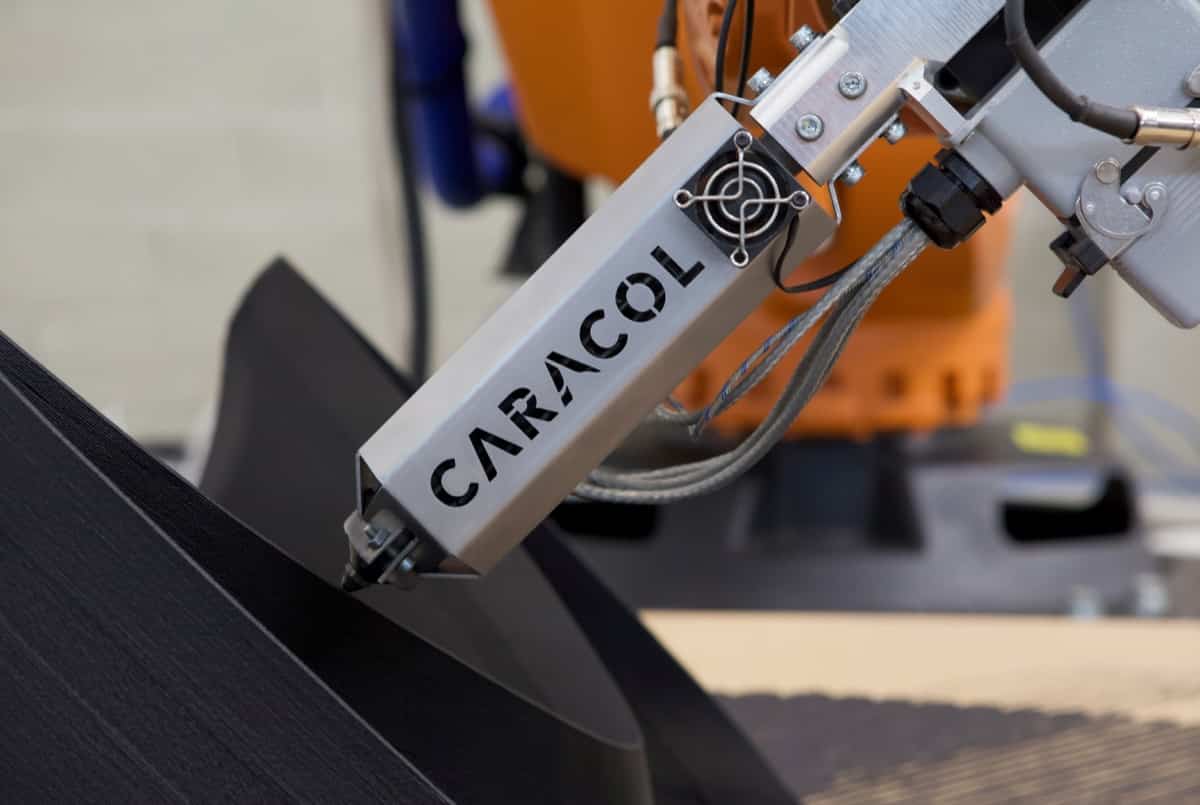
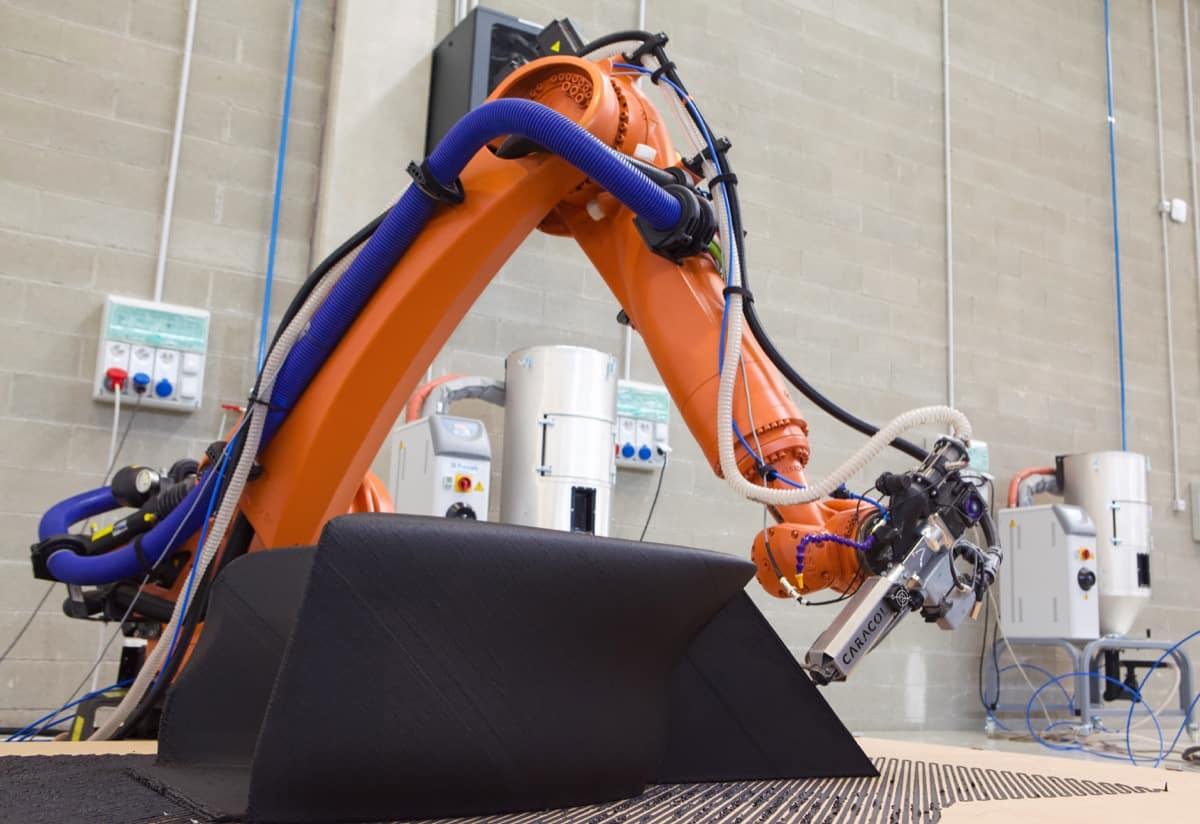
Leave A Comment